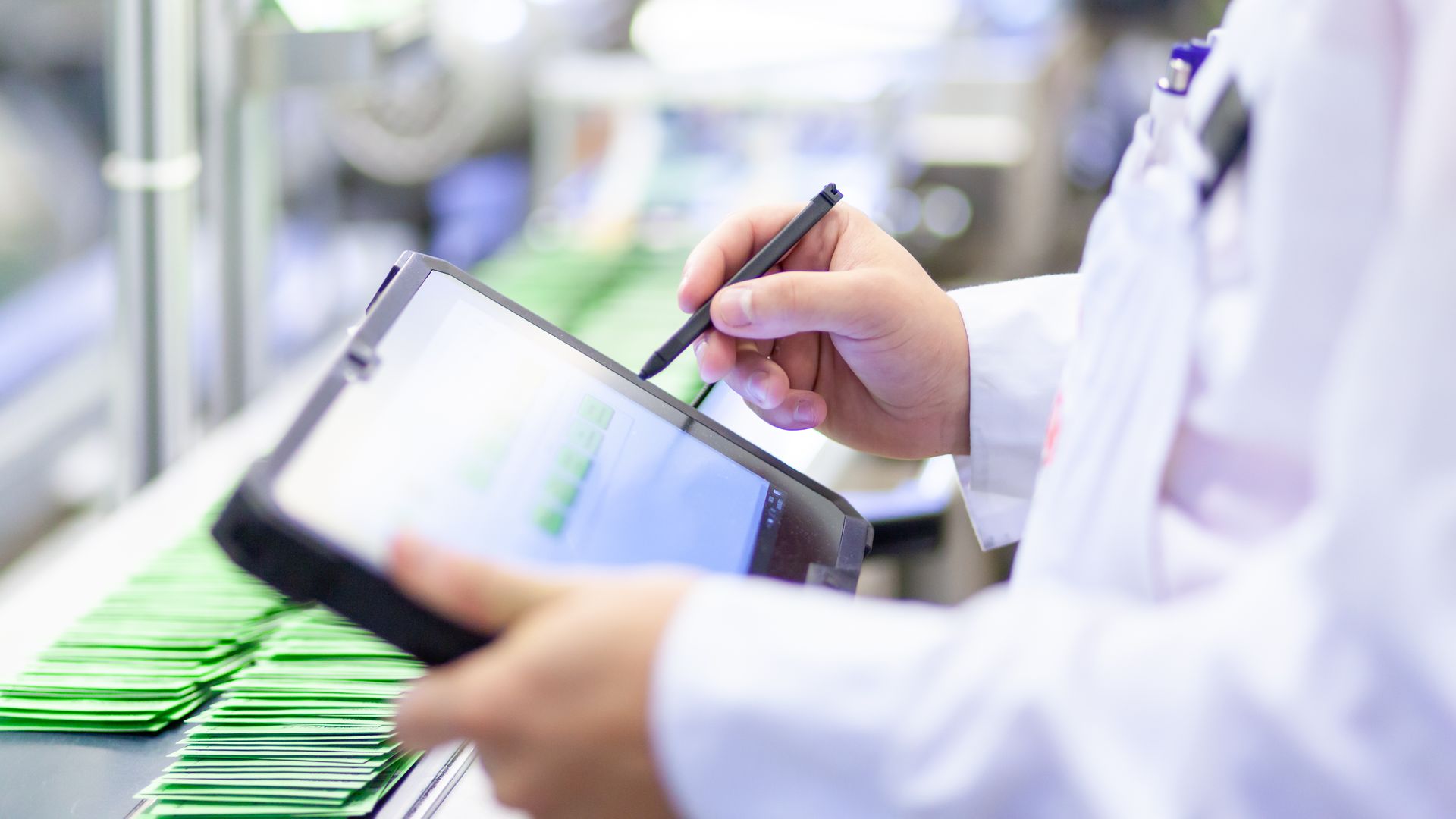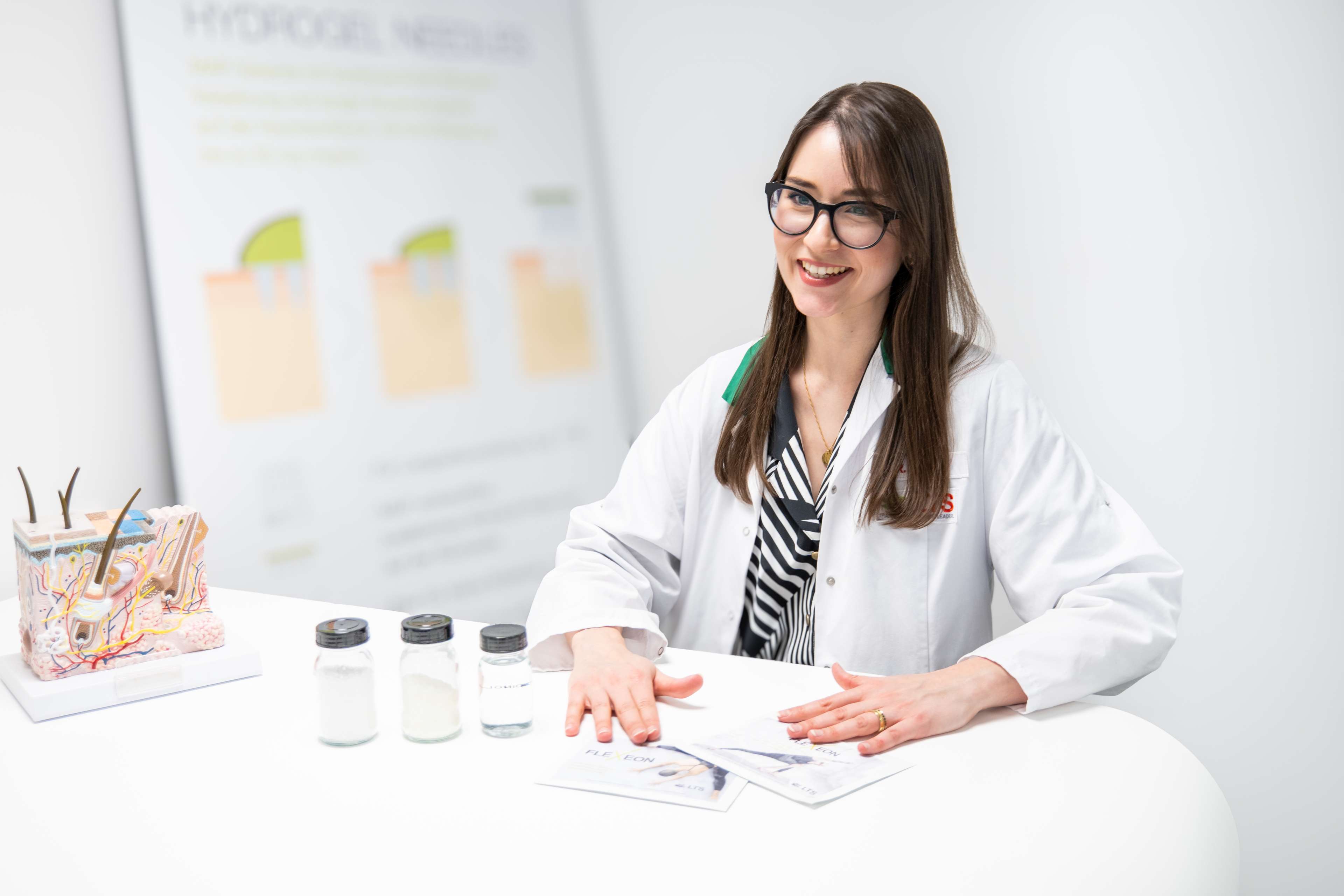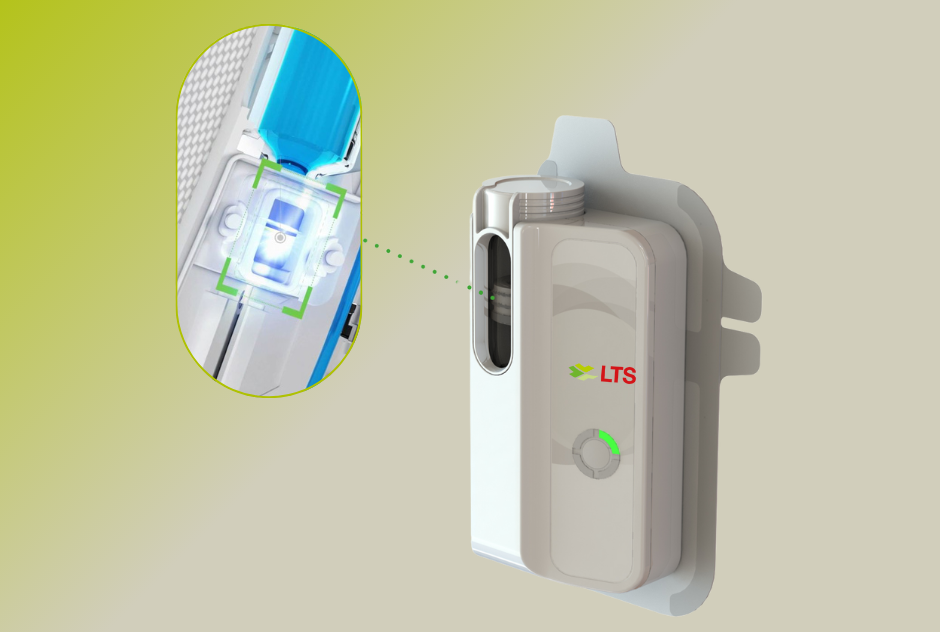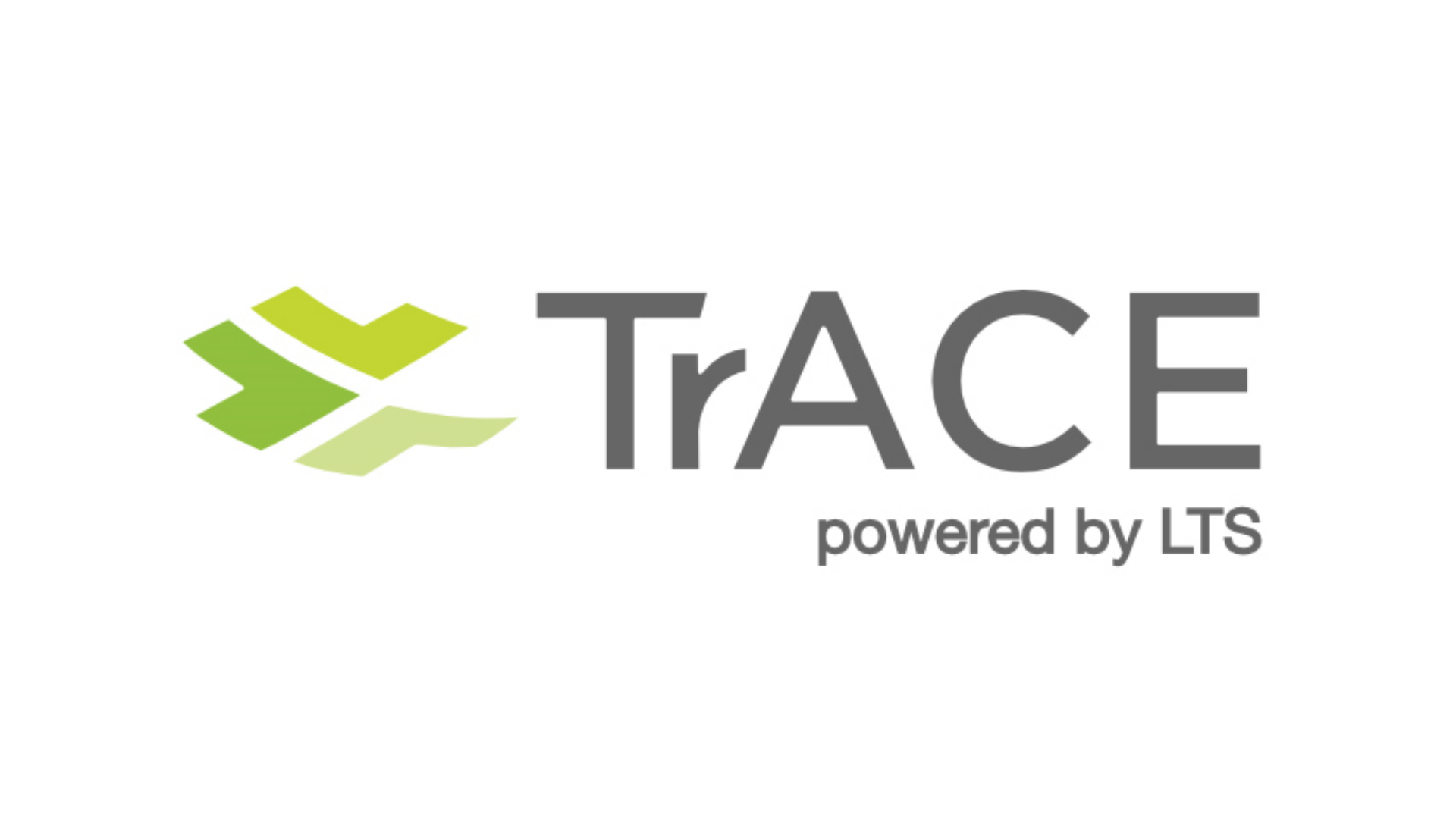
IM FLUSS: Gestaltung der digitalen Fabrik von morgen
At LTS, we are passionate about efficiency. We are continually challenging ourselves to employ resources as effectively as possible while maintaining the highest standards of safety and product quality expected by our pharmaceutical partners.
From this philosophy, the IM Fluss project was born, with the aim of optimizing the flow of information and materials in our production facilities.
At the heart of IM Fluss is the creation of a bespoke Manufacturing Execution System (MES), being developed in cooperation with an external service provider, to facilitate the acquisition of production data. Our strategy is for the MES to be integrated into the central SAP system, seamlessly linking and synchronizing data from the production machines with SAP processes.
As a complex project with a variety of diverse objectives, IM Fluss was divided into two phases. The first phase, which has already been completed, dealt with the digital recording of personnel and machine data, while the second phase focuses on the flow of materials.
Prior to the first phase being implemented, a number of changes needed to be made to the infrastructure of the production environment. The Wi-Fi had to be enhanced and interfaces to a total of 59 production machines had to be established in order to record their status (running/standing). In addition, the workstations were equipped with hardware including tablets, scanners and touch screens.
Parallel to this, the software for production-data acquisition was developed to provide the link between the workstations and the SAP system. This enabled:
- The sequence of process orders to be viewed by the machine operator at the workstation
- Personnel time to be digitally recorded directly at the workstation
- Machine data to be automatically captured and recorded, including a record of any reasons for downtime
- A live view of the current machine status within SAP as well as retrospective documentation of production quantity and machine status
A particular challenge during the integration was the requirement to automatically determine the premium wage based on data points relating to personnel, machine, and order information. The accuracy of the system was demonstrated through a series of extensive calculations, completed with the involvement of the works council, showing the comparison between the premiums before and after the introduction of the MES.
As a result, the manual hourly records previously filled out per machine and shift could be eliminated. In addition, with the data available in the system, key reports can now be generated to identify optimization opportunities.
All in all, phase one of IM Fluss encompassed the training of more than 280 employees and the integration of all 92 workplaces, marking an important step in the ongoing journey to enhance the digitalization and efficiency of our site.
We would like to thank all our colleagues who contributed to this success.
In the meantime, we have now started the second phase of the project with the aim of optimizing the material flow and associated processes, particularly those steps related to GMP-relevant documentation. This project phase includes:
- The introduction of a digital stock display for the input materials of the order to be produced, including their location within the production environment
- Digital inspection (scan) of the input materials at the workstation, i.e. verification of input materials with regard to their status and affiliation to the process order
- Direct consumption reports of input materials at the workstation
- Automatic generation of the production record, including material balancing at the end of the order at the workstation for partial areas of production
The completion of this phase of the project will enhance our process reliability in the GMP sense through automated material identification and system-guided consumption, booking and accounting.
Taken together with phase one, it provides further evidence of our ongoing commitment to continually improve the efficiency and transparency of our internal processes.







